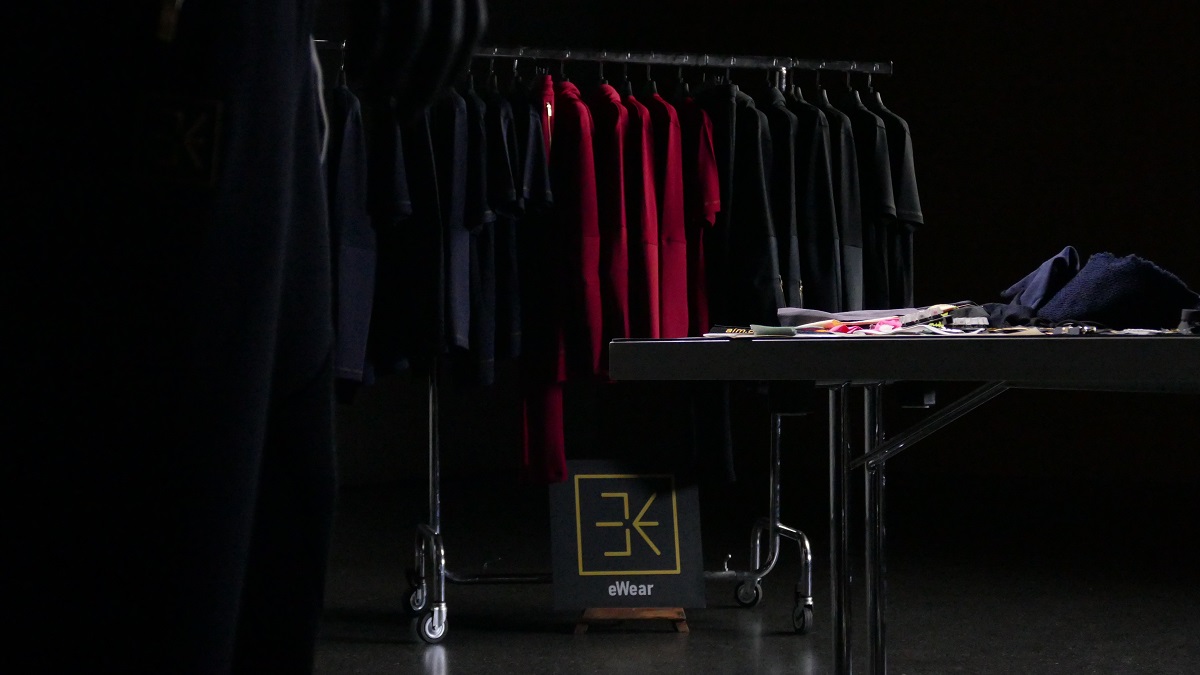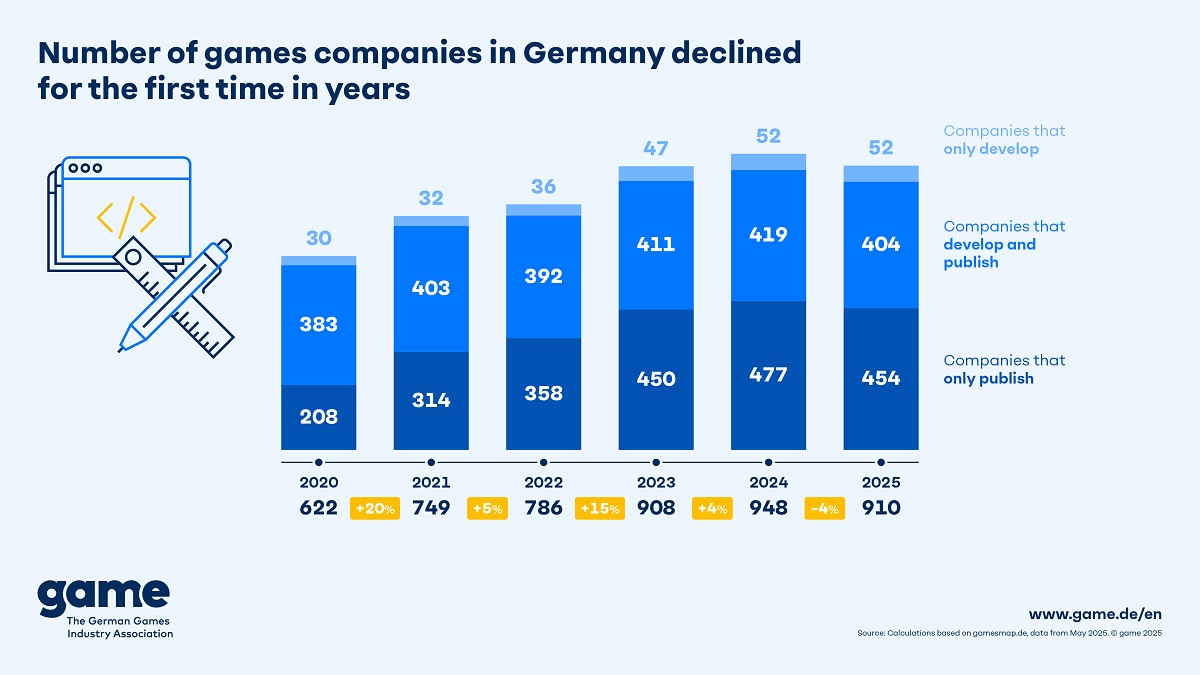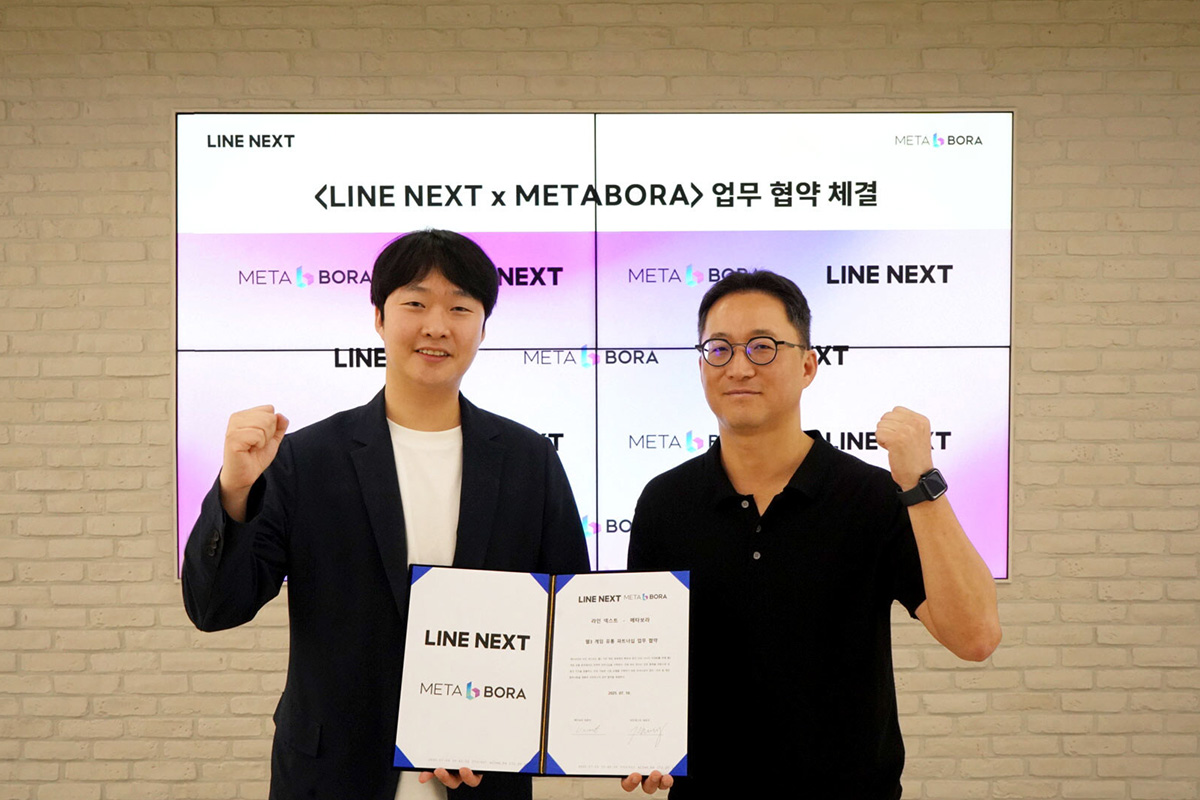gaming
10 Iconic Female Gaming Characters Redesigned With Realistic Bodies
This year will mark the 25th anniversary of the legendary classic game Tomb Raider and one of the most iconic female protagonists ever; Lara Croft.
With a long history of unrealistic body representation in gaming, OnlineGambling.ca have taken 10 major female leads and redesigned them with more natural and realistic bodies.
Unrealistic body representations for women is nothing new in the world of video gaming. According to Karen E. Dill and Kathryn P. Thill, female video game characters are represented as either: (1) sexualized, (2) scantily clad, and (3) a vision of beauty. The study revealed that over 80% of women in video games represented one of these.
What would some of the most iconic female leads look like if they were more realistic, or existed in the real world?
What if Sylvanas from World of Warcraft had some stronger hips to help carry such heavy armour? Or if League of Legend’s Leona’s porcelain skin was actually a battle-worn canvas in need of some TLC?
After conducting multiple research polls with both gamers and a panel of women, OnlineGambling.ca have redesigned 10 characters from eight of the most popular video gaming franchises – BloodRayne, Darkstalkers, Dragon’s Crown, League of Legends, Mortal Kombat, Overwatch, Soulcalibar and World of Warcraft.
Methodology
OnlineGambling.ca initially polled 70 video gamers on which female protagonists they felt were problematic in representing real life women’s body sizes and standards. A shortlist of 30 characters was then narrowed down to 10 fan favorites; each character had to appear in a recent game or franchise edition.
Next, a panel of women were questioned on areas of their bodies that they had issues with or were self-conscious about.
Finally the chosen female video game characters were then redesigned to reflect the average American female body, plus elements from the issues raised from the panel discussion.
eSports
eWear launches aim.one – the world’s first functional gaming wear for esports athletes and gaming-fans

From hoodies to short-sleeved jerseys: the entire collection has been developed to meet the specific needs of gamers – uncompromising, highest-quality and thought-out down to the last detail.
“There is the right functional clothing for every sport – for soccer, tennis, golf… Gaming used to have this gap. Not anymore!”, say the founders.
The debut collection features 4 products and thus offers the right piece for all gamers: hoodie, longsleeve, shirt and pants. Each combines innovative functionality with comfort and style. Smart gadgets – including special ventilation zones, padding and other features to promote reaction, focus and grip – make this clothing a real support in the game.
Developed from the ground up specifically for playing at a PC, “aim.one is for everyone who wants to take their gaming to the next level – from high-end eSports pros to hobby gamers,” say the founders. “With this collection, gamers finally get their own clothing tailored to their passion!”
The product launch will take place via Kickstarter on the 5th of August!
Until launch, Gamers can unlock MVP status for only a €/$1 donation. This grants up to 35% discount during the campaign — plus a free nickname print on their apparel.
The post eWear launches aim.one – the world’s first functional gaming wear for esports athletes and gaming-fans appeared first on European Gaming Industry News.
Central Europe
Number of companies and employees in German games industry falls for first time in years

After years of growth, the number of companies and employees in the German games industry declined in 2025. This was announced today by game – The German Games Industry Association on the basis of data from gamesmap.de in cooperation with Goldmedia. According to the data, the number of companies in Germany that develop and/or publish games has dropped by 4 per cent within the past year, to 910. The boom in start-ups in the games sector, which was set in motion by the introduction of the German Federal Games Funding Programme in 2020, has now completely subsided. Last year’s figures already indicated a clear slowdown. This decline was due in particular to the consolidation of the global games market and the unreliable availability of games funding to date in Germany.
Three times since 2020, there have been months-long suspensions placed on funding applications. Despite the newly registered drop, the number of companies has risen by 46 per cent overall since the initial start of the games funding programme in 2020. Of the 910 present companies, 454 work exclusively in game development and 52 exclusively as publishers. The remaining 404 companies are active in both the development and publishing of games.
‘Last year was another very difficult one for the German games industry,’ says Felix Falk, Managing Director of game. ‘Germany’s international competitiveness was further decreased by the ongoing flip-flopping of the games funding policy, which ran right into the consolidation wave that swept the global games sector. Fortunately, the new federal government has already taken the necessary steps to level the playing field for companies in this country. The future funding budget is to be increased and thus adjusted to actual needs, and applications can be submitted from August onwards. These are crucial growth impulses that are urgently needed. The additional funds will not only give companies more planning security, but also time to implement additional tax breaks for games, as set out in the coalition agreement between the CDU, CSU and SPD. The improved conditions will finally give games companies a boost, which will hopefully soon be reflected in more start-ups and the creation of new jobs.’
The number of employees at games companies in Germany has also declined over the last year. Whereas game developers and publishers employed 12,408 workers in 2024, the current figure stands at just 12,134 – a drop of 2 per cent. As with the number of companies, the employee numbers had previously shown strong growth since the introduction of the games funding programme at the federal level: a rise of 23 per cent from 2020 to 2024. The recent decline indicates that the current conditions for the games industry, which offer limited scope for planning due to the repeated funding application stoppages and significant current funding restrictions, are having an impact on the job market. A year ago, there were still more companies with ongoing projects that were internationally competitive thanks to funding at levels comparable to those in other countries – financing that had stabilised Germany’s game sector, despite the global consolidation wave and a lack of funding certainty for the industry here. The game industry secures a total of over 30,000 jobs in Germany. In addition to jobs in development and publishing, these include, for example, skilled professionals in educational institutions, the media and the public and commercial sectors.
About the data
The data is drawn from a survey carried out by Goldmedia on the basis of entries on gamesmap.de. It was conducted on behalf of game – The German Games Industry Association for the period ending on 12 May 2025.
The post Number of companies and employees in German games industry falls for first time in years appeared first on European Gaming Industry News.
Asia
METABORA Partners with LINE NEXT

METABORA, a global casual game developer and blockchain project operator, has announced a strategic partnership with LINE NEXT Inc. Through this partnership, METABORA will distribute Web3 games via the LINE Messenger–based Dapp Portal, expanding its reach in the Web3 gaming space.
The Dapp Portal is a platform built on the KAIA ecosystem that offers Mini Dapps (decentralised applications) directly within the LINE Messenger app. Users can enjoy a variety of Mini Dapps—ranging from games to social features—without needing to install separate applications. Since its launch in January this year, the platform has garnered significant attention, surpassing 100 million cumulative users.
Through this new partnership, METABORA and LINE NEXT will work closely to accelerate the growth of the Mini Dapp’s gaming ecosystem. Leveraging its network of development partners and global experience in game development and publishing, METABORA will supply Web3 games to the Dapp Portal. LINE NEXT will expand accessibility to Web3 games and support marketing of these games through its platform.
As part of the collaboration, METABORA will also expand the utility of its BORA token within the LINE Messenger–based Mini Dapp ecosystem. The company plans to implement a payment infrastructure that enables users to purchase in-game items currently planned for upcoming titles to be released under the BORA brand. Additionally, METABORA will apply Gas Abstraction technology, allowing users to make in-app purchases with BORA without needing KAIA tokens to cover gas fees. This feature is expected to be fully implemented in the second half of the year.
By expanding the utility of the BORA token, METABORA aims to elevate its value beyond the confines of the BORA Chain, laying the groundwork for broader integration across the Web3 ecosystem.
In addition, METABORA and LINE NEXT plan to continue their collaboration by researching and developing infrastructure to support the use of stable coins such as USDT, further enhancing the Web3 gaming experience within the LINE ecosystem centered on the Dapp Portal.
Lim Youngjun, Co-CEO of METABORA, said: “We’re pleased to partner with LINE NEXT, a company making remarkable strides in the global Web3 gaming market with its vast user base. Through our strong network of development partners, we will carefully select and bring high-quality games to the Dapp Portal, working together to create a leading example of Web3 gaming reaching a mainstream audience.”
Kim Woosuk, CSO at LINE NEXT, said: “Through this partnership with METABORA, we look forward to creating a major success case for Mini Dapp. Moving forward, we will continue working closely together across multiple fronts, including enabling USDT stablecoin support to improve game onboarding and the overall user payment environment.”
The post METABORA Partners with LINE NEXT appeared first on European Gaming Industry News.
-

 gaming3 years ago
gaming3 years agoODIN by 4Players: Immersive, state-of-the-art in-game audio launches into the next generation of gaming
-
EEG iGaming Directory8 years ago
iSoftBet continues to grow with new release Forest Mania
-
News7 years ago
Softbroke collaborates with Asia Live Tech for the expansion of the service line in the igaming market
-
News6 years ago
Super Bowl LIII: NFL Fans Can Bet on the #1 Sportsbook Review Site Betting-Super-Bowl.com, Providing Free Unbiased and Trusted News, Picks and Predictions
-
iGaming Industry8 years ago
Rick Meitzler appointed to the Indian Gaming Magazine Advisory Board for 2018
-
News6 years ago
REVEALED: Top eSports players set to earn $3.2 million in 2019
-
iGaming Industry8 years ago
French Senator raises Loot Boxes to France’s Gambling Regulator
-
News7 years ago
Exclusive Interview with Miklos Handa (Founder of the email marketing solutions, “MailMike.net”), speaker at Vienna International Gaming Expo 2018











